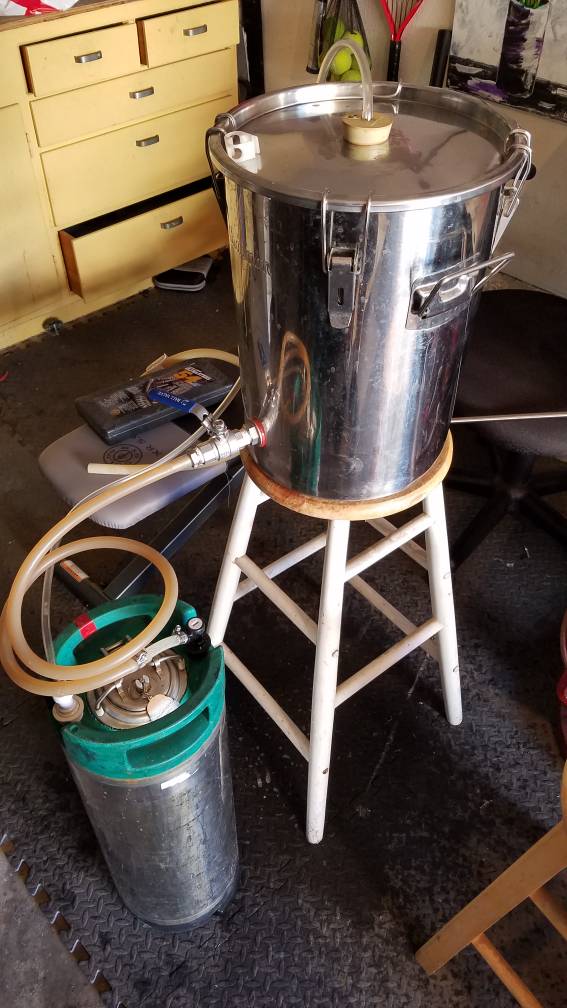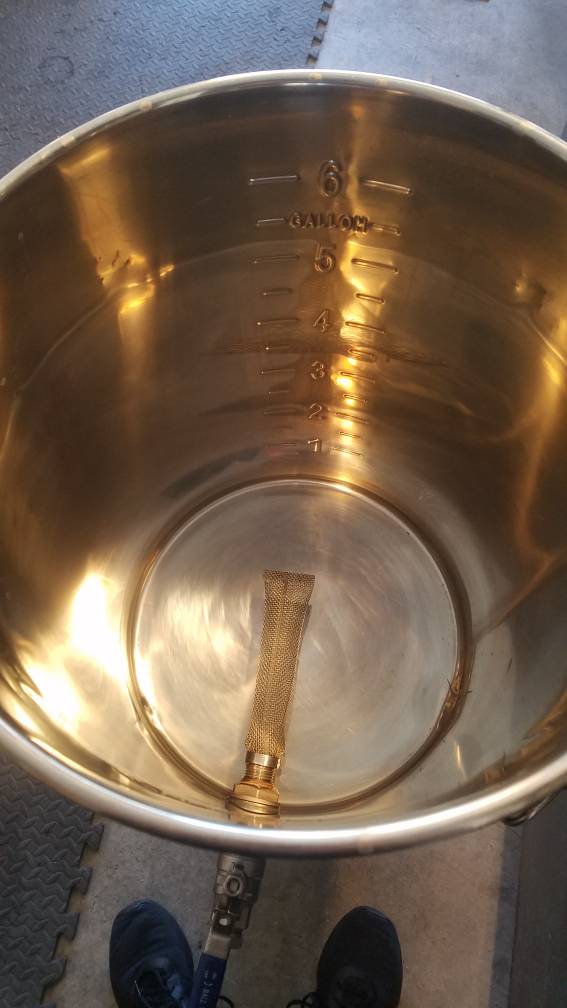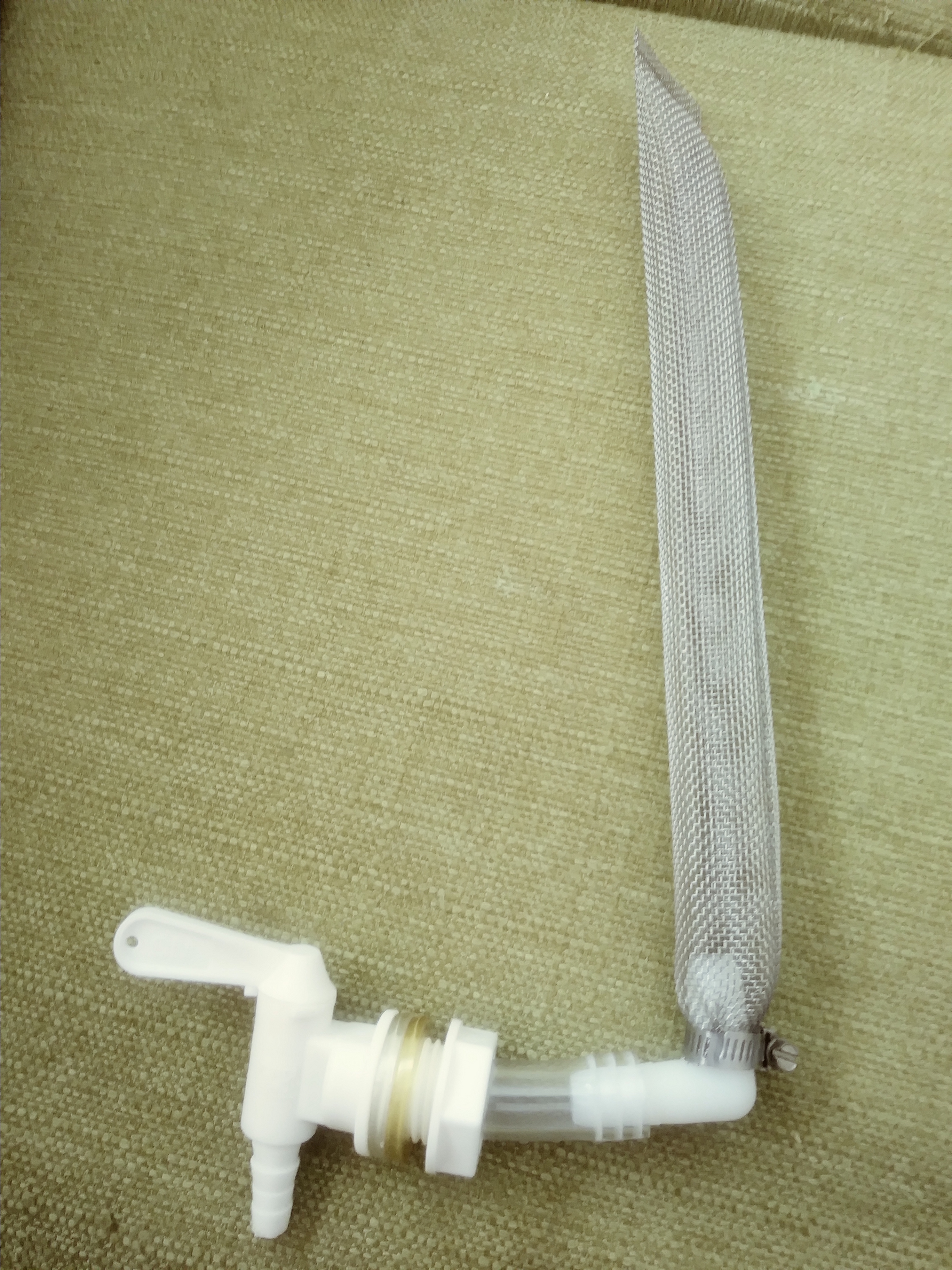SRJHops
Why did the rabbit like NEIPA's so much?
Has anyone experimented with a screen or type of false bottom for a carboy?
I am not transferring to secondary, so I have a lot of yeast/hops slurry in the bottom of the carboy after fermentation.
I am using a Big Mouth Bubbler with a spigot, and bottling right from that. Works well, but the yeast cake/slurry is right at the level of the spigot, and the first few bottles tend to have too much debris floating around and causing off flavors. (The bottles from the beer in the middle of the carboy taste just fine, though even those have some stray hops/large particles at times.)
I have tried tilting the carboy during fermentation, but that didn't work for me. I am thinking of trying to put something inside the carboy, in front of the spigot, to try to keep the area clear.
Suggestions?
I am not transferring to secondary, so I have a lot of yeast/hops slurry in the bottom of the carboy after fermentation.
I am using a Big Mouth Bubbler with a spigot, and bottling right from that. Works well, but the yeast cake/slurry is right at the level of the spigot, and the first few bottles tend to have too much debris floating around and causing off flavors. (The bottles from the beer in the middle of the carboy taste just fine, though even those have some stray hops/large particles at times.)
I have tried tilting the carboy during fermentation, but that didn't work for me. I am thinking of trying to put something inside the carboy, in front of the spigot, to try to keep the area clear.
Suggestions?








